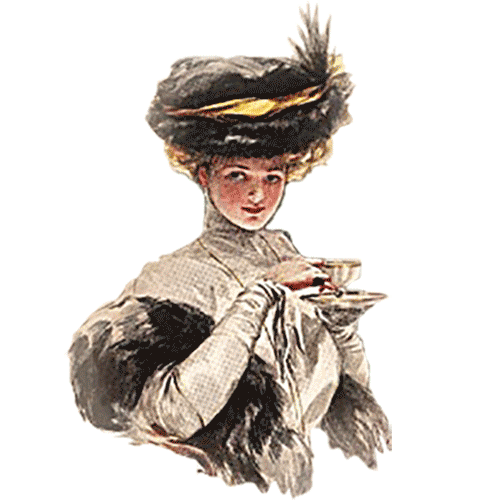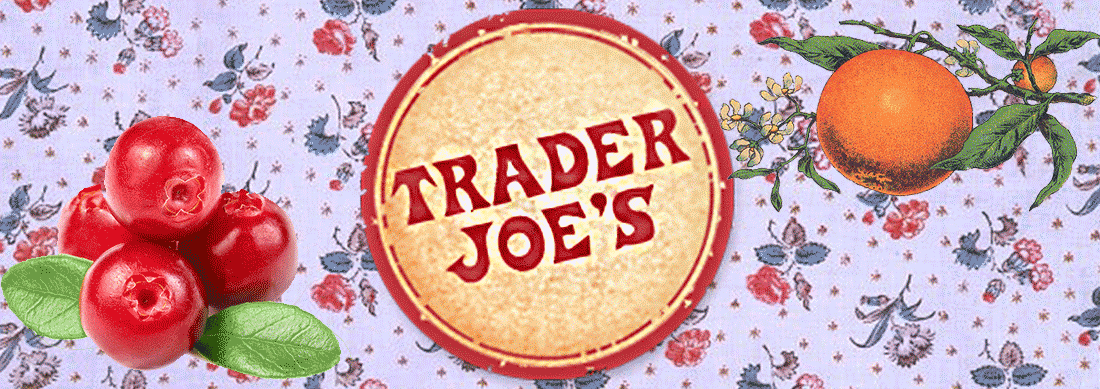
History
The original scone was round and flat, usually as large as a medium-sized plate. It was made with unleavened oats and baked on a griddle (or girdle, in Scots), then cut into triangular sections for serving.
Today, many would call the large round cake a bannock, and call the triangles scones. In Scotland, the words are often used interchangeably. When baking powder became available to the masses, scones began to be the oven-baked, well-leavened items we know today.
Modern scones are widely available in British and Irish bakeries, grocery stores, and supermarkets. A 2005 market report estimated the UK scone market to be worth £64m, showing a 9% increase over the previous five years. The increase is partly due to an increasing consumer preference for impulse and convenience foods.
Scones sold commercially are usually round, although some brands are hexagonal as this shape may be tessellated for space efficiency. When prepared at home, they may take various shapes including triangles, rounds and squares. Baking scones at home is often closely tied to heritage baking. They tend to be made using family recipes rather than recipe books, since it is often a family member who holds the "best" and most-treasured recipe.
